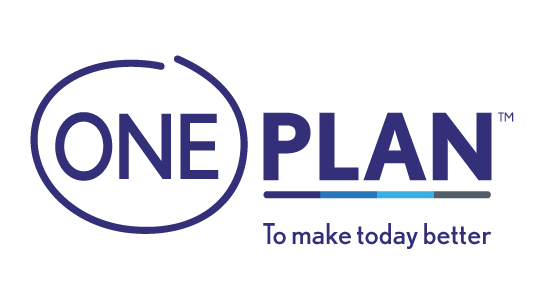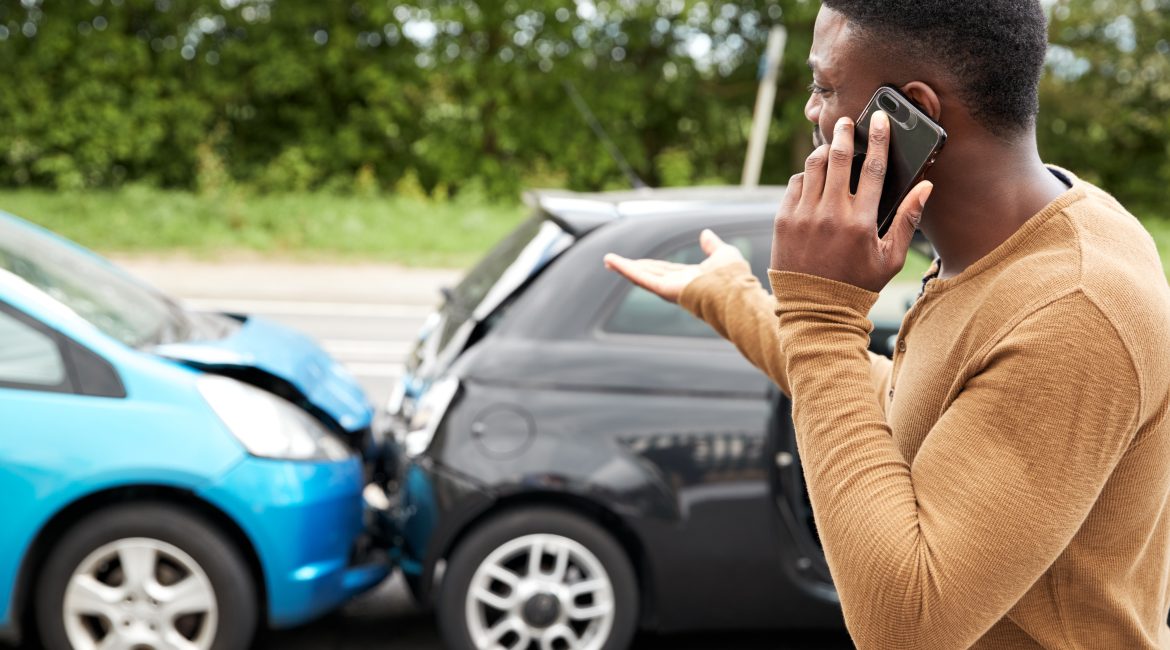Keeping cool, calm and collected after a car accident. Then, letting car insurance do the rest.
Car accidents are scary, we don’t need to state the obvious. Getting behind the wheel is possibly the most dangerous thing you will do throughout your day, which we probably don’t need to tell you either. Although we don’t like to think of those awful moments, knowing what to do after a car accident will help you to be equipped to handle the situation as calmly and rationally as possible.
Related: The 5 Most Common Causes of Car Accidents in South Africa (#5 Might Surprise You!)
At Oneplan, we like to know that our members are knowledgeable about how to keep themselves both physically and financially safe after an accident happens. That’s why we’re going to walk you through how to approach a car accident scene after the fact.
What to Do After a Car Accident
Stop, stay
Okay, you’ve crashed your car. Whether it be a minor accident or something far more serious, you need to stay where you are. It is a crime to drive away from the scene of an accident if a property has been ruined and if a person has been harmed or has died.
If you are able to, alert other drivers that you are on the road by putting your hazards on and setting your signal triangle a few meters behind your car. If there are cars that are interrupting the flow of traffic, drivers may try to move them out of the way.
Before any cars are moved, accurately mark where the car was positioned beforehand. You can keep some chalk on you or grab some pictures with your cell phone (you’ll want them for later).
Assess the damage
You’ve slowed down your heart rate by taking a few deep breaths and unless you’re seriously injured, you need to assess the damage.
As an onlooker in an accident, you need to assist anybody who has been harmed to the best of your ability. That means calling an ambulance, calling the police and performing basic first aid if you’re trained. Mobi-Claw911 is a fantastic security service that operates in South Africa. They have coverage to all national dispatchers and first responders for any medical, crime or fire emergency.
You click the trigger button on the app and 24/hr operators will be able to identify your location and send the accurate first responders your way based on the situation. Their network includes SAPS, Metro Police services, medical services and many armed response companies and volunteers.
Read this: Child Car Safety: 6 Expert Tips
Call the police
Whichever way you choose to go about it, you have to call the police. Especially if there is injury, death or serious damage to any vehicles or property. If everybody is in good nick and both cars are damaged on a surface level, you don’t need to call the police to the scene.
But you do need to report it within 24 hours of the incident, at the local police station. Calling the police to the scene means they can evaluate what happened and help you with filing a report. If you call the police to the scene, avoid moving anything until they get there.
Limit your discussion with the involved Third Party
We’re not saying be rude. There’s never any reason to get belligerent with another driver, no matter who is at fault. Rather remain cordial and don’t admit to any blame. Instead, focus on properly assessing the scene and getting the details together. We’ll list those important pieces of information next.
Discover: What is distracted driving?
The important details
Gathering all the right details is a huge part of the process. It’s going to help you with your insurer and the police, who will require all of these details from you. You will need to describe the event to the police and to your insurer, outlining what street or road you were on, the speed you were driving at and what your driving reactions were that lead your car to be in an accident.
- Driver details
- Name of the driver
- Address of the driver
- Driver contact details (preferably more than one)
- Driver insurance details
- Vehicle details
- Vehicle year, model and colour.
- Vehicle registration number
- Licence plate number
Snap a picture and send it to us
After an accident, the last thing you want to do is deal with overwhelming admin and complicated papers. That’s why we make it incredibly easy for you to let us know what has happened. You should be taking photos of everything at the accident scene.
Read next: How Do Car Insurance Claims Work with Oneplan? A Step-by-Step Guide
Once you have done so, upload them straight to the Oneplan App so we can get the ball rolling on your claim. If you take photos at the scene of the accident, we will waive your standard excess fee of R2500. So be sure to take clear images that show the accident scene from all angles.
Stay safe on the roads and make sure you are being a responsible driver on the road by getting comprehensive car insurance.
Your Insurance Family,
Oneplan




